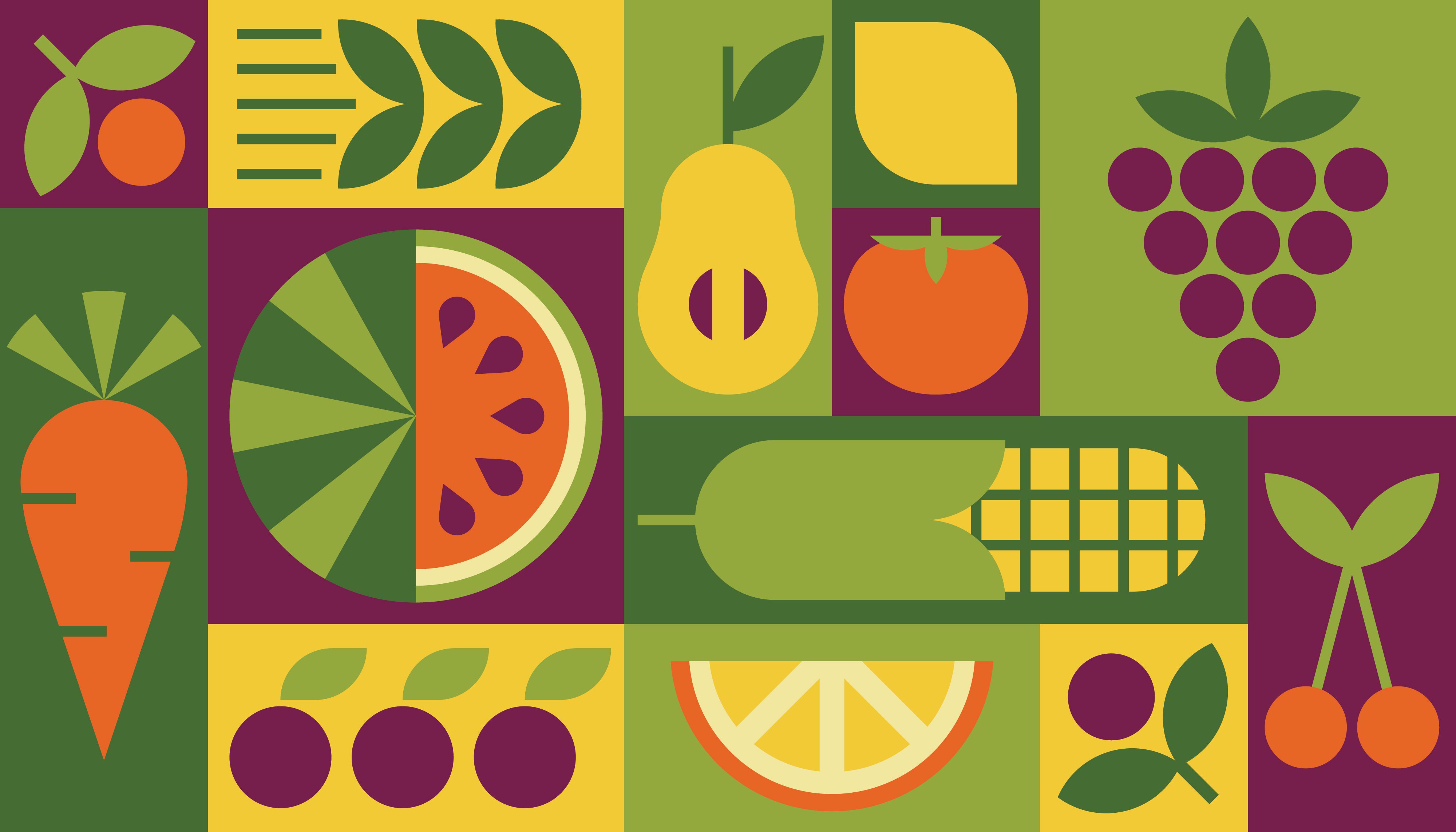Whether you’re on a mission to minimise food waste at home or are embracing a culinary challenge to make the most of the food you have – leaves, roots, stalks and all – there’s plenty we can be doing in the kitchen to give our perishable produce a longer lifespan. But it’s not always easy knowing exactly how to do it. From your berries to your cucumbers… Should you bag them or box them? Do they prefer to chill in the fridge, or do they thrive at room temperature? Is natural light best, or is the dark a secret superpower
There are a few things to consider when unpacking and storing your produce, but the three most important conditions to factor in are temperature, ethylene and airflow. Temperature: because every product has a preference and will do better – or worse – depending on where they’re stored. Air-circulation: some fruit and veg like to be locked in (think Tupperware in the fridge), while others prefer breathing out in the open to avoid premature spoilage. Ethylene: a natural plant gas emitted by some produce that can cause havoc with their ethylene-sensitive friends.
While we’re well-versed in washing fruit and veg before consuming them, how should you store them after? To avoid falling prey to premature ripening and to keep your perishables perky, try these five easy hacks. Fresh food for longer, yes please!
THE POWER OF PAPER
Think of paper bags and paper towels as your new best friend! Paper bags are excellent for absorbing excess moisture, especially in the fridge, and prevent fruits and vegetables – such as mushrooms or cucumbers – from getting slimy. While wrapping a damp paper towel around vegetables that love hydration – such as the spears of asparagus – will keep them fresher for longer.
THE LIME JUICE HACK
Cut apples and avocados tend to turn brown just minutes after being exposed to air (a process called oxidation), meaning it’s hard to keep any leftovers for later. A great trick is to brush the exposed flesh with lime juice, as the citric acid slows down the browning process. Just cover them after or keep them in an air-tight container, and pop them in the fridge.
WATER A GREAT IDEA
While we’re often trying to remove excess water to avoid mould, some fruits and veg dry up and go limp if they’re dehydrated. So, if you’re looking for guaranteed crisp, crunchy veg, such as carrots and celery, cut them into sticks, place them into glass jars filled with water, then put the lids on and store them in the fridge. Change the water every few days, and they’ll last up to three weeks.
KNOW YOUR NATURAL PLANT GAS
Did you know that some produce – such as onions, apples, peppers and bananas – produce a gas called ethylene, which speeds up the ripening of other ethylene-sensitive products, like lemons, leafy greens, melon and avocado? Fret not, it’s an easy fix. Simply learn which fruit and veg are ‘ethylene emitters’ versus ‘ethylene sensitive’ and keep these products apart. Think of a separate drawer in the fridge or different bowls on your countertop.
VINEGAR WITH VA VA VOOM
It is perhaps not the most obvious hack, but soaking berries in a vinegar solution can really lengthen their lifespan, as it helps kill the bacteria and mould spores on their thin skins. Just wash them in a 3-to-1 solution of water and household vinegar. Rinse and dry them thoroughly, then store them in single layers on a tray or in a Tupperware box separated by a paper towel and keep them in the fridge.

